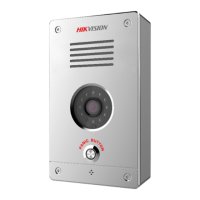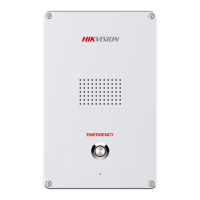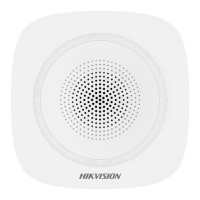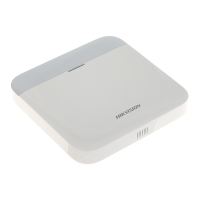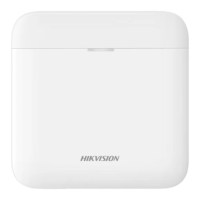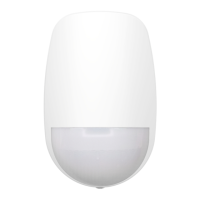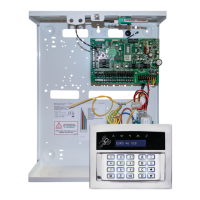128
F. Signalling
Detection of ATP/ATS Faults
ATP (Alarm Transmission Path) faults will be detected when network interface of the control
panel disconnected or the transmission path to the transceiver of receiving center located in ARC
blocked somewhere in between. An ATS (Alarm Transmission System) fault will be reported when
ATP faults are detected on both transmission paths.
ATP restore will be detected as soon as network interface connected and the transmission path to
the transceiver of receiving center restored. ATS restore will be reported when ATP restore of any
transmission path is detected.
The timing performance of detecting ATP faults and restores shows in the table below.
Maximum timing of detection
Primary ATP failure/restore
Secondary ATP failure/restore
60 min
20 min (when primary ATP failed )
Signalling will be always transmitted from primary ATP when it is operational. Otherwise it will be
automatically switched to secondary transmission path that is operational at the moment. Both primary
and secondary ATP fault and restore events will be reported to ARC when there is an ATP left to work. They
will also be recorded to mandatory log memory with capacity of 1000 records allocated in non-volatile flash
memory storage, as well as the ATS fault record. The detail of reports and log records are listed in the table
below.
Event code when
signalling
Primary ATP failure/restore
LAN Path Failed/LAN Path Recovery
Secondary ATP failure/restore
Mobile Net Path Failed/Mobile Net Path
Recovery
Primary network interface failure/restore
LAN Path Failed/LAN Path Recovery
Secondary network interface failure/restore
Mobile Net Path Failed/Mobile Net Path
Recovery
ATS Category
The ATS category of AXPRO is DP2. While the alarm receiving center is enabled. The control panel will upload alarm
report to the receiver center via the main path (LAN or Wi-Fi) or the back-up path (3G/4G). If the control panel is
properly connected to the LAN or Wi-Fi, the main path is selected as the transmission path. If the main path
connection is failed, the path will be switched to 3G/4G. And if the main path connection is restored, the path will be
switched back to LAN or Wi-Fi. The control panel checks the connection status continuously, and generates logs
transmission fault for any of the path. While both of the paths are invalid, the control panel determines ATS fault.

